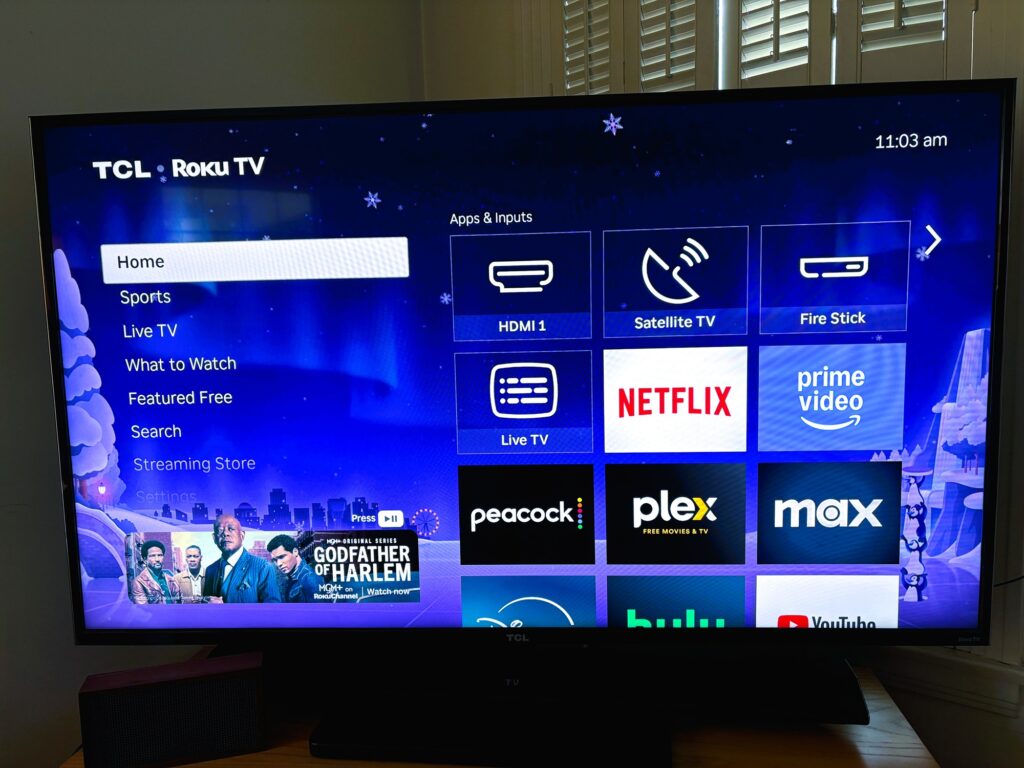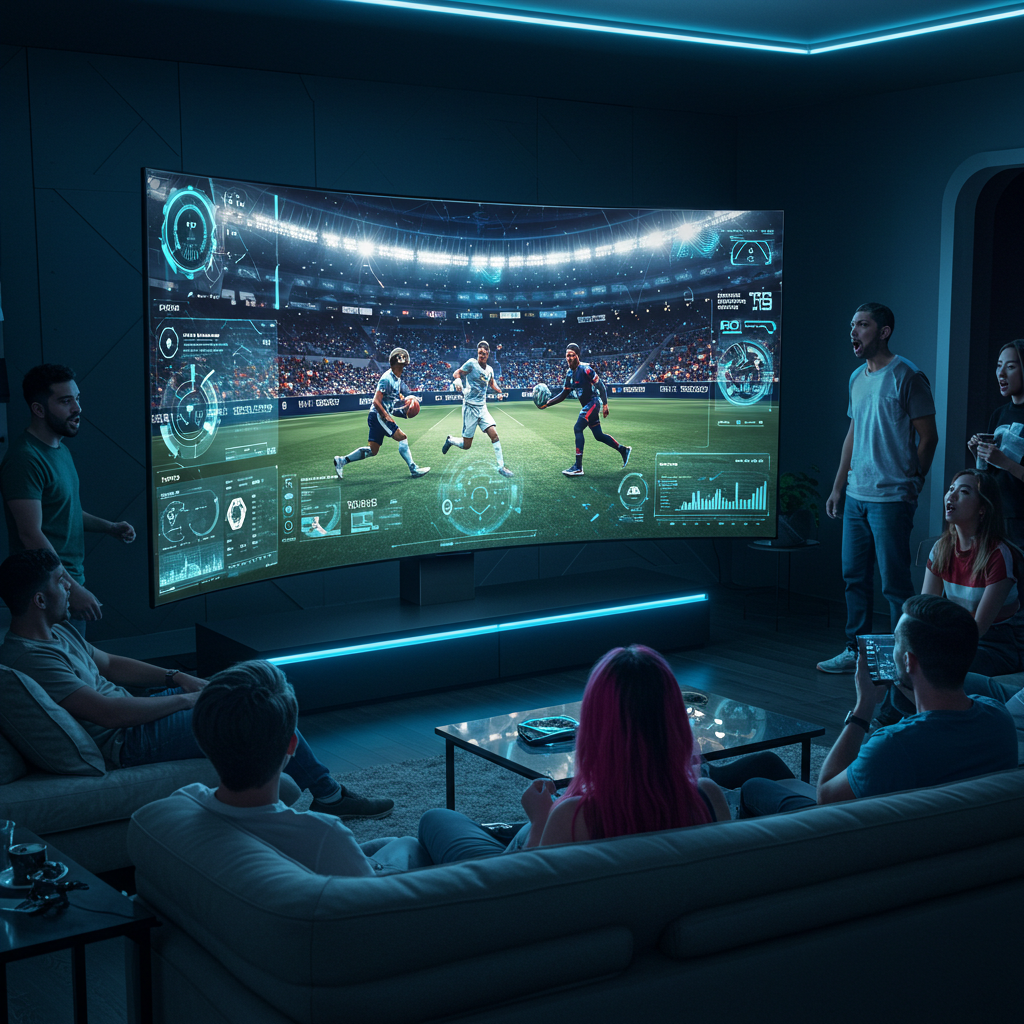I 3D printed a card scan stand to check prices on my old Magic the Gathering cards.
The values of the old cards was very interesting.
I used the Card Slinger 3.0 design on Printables.
I 3D printed a card scan stand to check prices on my old Magic the Gathering cards.
The values of the old cards was very interesting.
I used the Card Slinger 3.0 design on Printables.
I ran my most recent bee video through NotebookLM to see what kind of podcast it would create.
NotebookLM turned a three minute video into a five minute podcast in seconds
I find the source of the noises under the house.
Taco Seasoning for ~two pounds of meat
2 tablespoons chili powder
1 tablespoons ground cumin
2 teaspoons sea salt
2 teaspoons ground black pepper
1 teaspoon ground paprika
½ teaspoon garlic powder
½ teaspoon onion powder
½ teaspoon crushed red pepper flakes
½ teaspoon dried oregano
The bus stop near our house gets tagged from time to time. I try to keep it clean.
Thirteen years ago, I predicted streaming would upend TV—but even I didn’t foresee how fast the revolution would come. Here’s what I got right and wrong.
After my time at Disney, but before my time at NBC, I wrote a weblog about the TV business called https://fotv.biz/ (Future Of Television Business).
In 2012, I wrote a post about What Comes Next, looking forward at how I thought television would change. At the time, streaming was in its infancy, and a big issue was the fact that HBO would not let you access their new streaming platform, HBO Go, without having a subscription to HBO on a traditional cable provider. (HBO Now launched in 2015, about 3 years after this post.)

What did I get right and what did I get wrong?
Virtual MVPDs – I did predict the rise of Virtual MVPDs like Youtube Live and Hulu Live TV that duplicate the same range of choice as traditional cable providers. The term OTT (Over The Top) was used at the time to refer to this.
Rights Complexities – I was correct that the rights issues would continue to complicate the transitions but would resolve slowly as new contracts went into place with better language around streaming rights.
Pace of cord-cutting – I was conservative on how fast the cord cutting would start to happen. Changes in 2015-16 exceeded my expectations as using streaming was getting adopted widely instead of traditional cable/satellite. It didn’t seem the province of the tech savvy only anymore. The improvements in install, usability, and authorization happened rapidly as smart people and lots of money were thrown at the issue.
I underestimated how quickly problems in streaming would get solved as it became an arms race to deliver better and better products.
Media giants’ resilience – The media giants have continued to be profitable despite the “end of media” talk, even with new, well-funded competitors in Apple and Amazon. The streaming services still struggle to be profitable with the battle to provide “must see” shows to keep people subscribing.
Many of the streaming services are money-losing on their own, but are supported by traditional broadcast and cable businesses. That switchover is still a bit away.
Content Arms Race – Currently, it’s still a media arms race to lock up the best screenplays, directors, and talent. Making sure a company’s streaming product remains top of mind and a must have is essential. Most people can’t keep up with the flood of show recommendations from friends, we’re still in a bit of a Golden Age for viewers curled up at home.
In the battle for attention, great content is still the sharpest weapon.

Looking ahead
Live Sports – The product of live sports has surfaced as a key driver, almost as much as super-popular shows/franchises, in the world of streaming. The professional sports leagues like the NFL and NBA are maximizing their revenue by splitting the rights into various packages and making buyers pay a high prices to gets rights to airing them. Almost every professional sport is able to get good rights deals, as the streamers know that viewers will pay to watch their teams and events.
Decline of linear viewing – Watching linear live TV for non-sports shows is dropping as people prefer to watch shows when they want, not by when program scheduling execs want them to. This will continue as the younger generations continue to slide into the primary household demographics.
Consolidation/Anti-Trust – Further consolidation in the media space will probably run into anti-trust issues as the dominant players are gigantic already. We might see a few smaller services fail or consolidate, but it’s hard to see one of the big players eating another.
VAST streaming – The gigantic advertising market has billions to spend and the arrival of ad-focused VAST (Video Ad Supported Television) services like Tubi and Pluto TV continue to grow as people get tired of monthly fees. Advertising is making its way into most streaming services as the need to find sources of revenue is never ending. However, after having ad-free experiences for years, many viewers are unhappy to see the addition of commercials to streaming services.
Are we there yet? – The streaming wars aren’t over, they’ve just entered a new phase. As business models evolve and consumer habits shift, the one constant is change. What comes next might surprise us all again.

The ladies are starting to fill up the honey super boxes!
My grandmother was born in 1898 and lived through the Great Depression. This is her recipe for chocolate cake. It doesn’t use eggs, making it vegan as well.
My mother watched her make it and wrote down the recipe, as my grandmother made it from memory.
Granny’s Black Cake
(Argos Chocolate Cake)
Mix Together:
3 cups flour (flat)
2 cups sugar (slightly rounded)
2 teaspoons baking soda
6 heaping tablespoons cocoa
1 teaspoon salt
In a bowl or in well in dry ingredients add:
2/3 cup vegetable oil
2 tablespoons white vinegar
2 cups water
2 teaspoons vanilla extract
Mix wet ingredients with dry ingredients ‘till well blended.
Put batter in greased cake pan (9” x 13” pan or Bundt pan.
Bake at 350Fº for 35 minutes, (325Fº if glass).
Toothpick should come out dry.